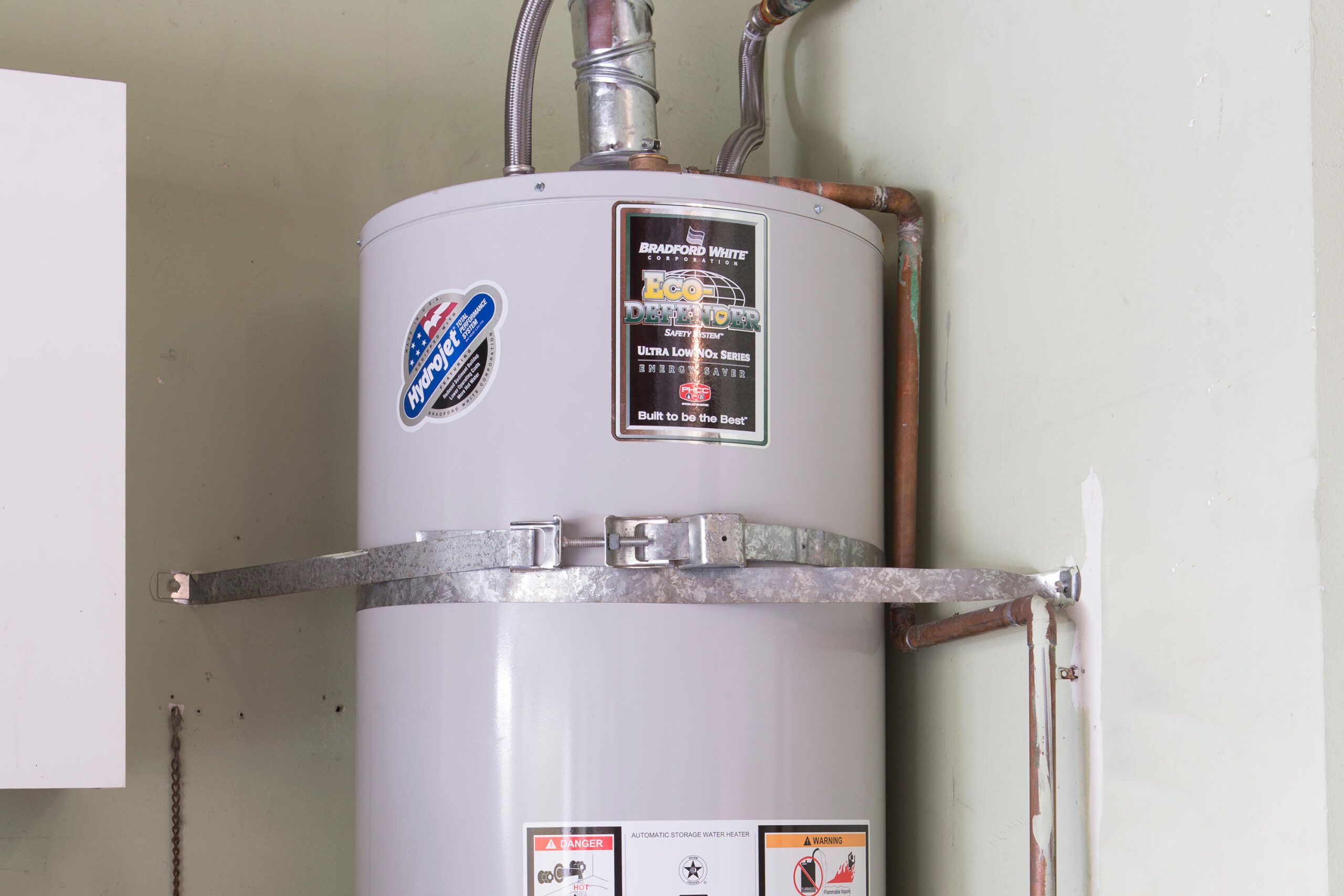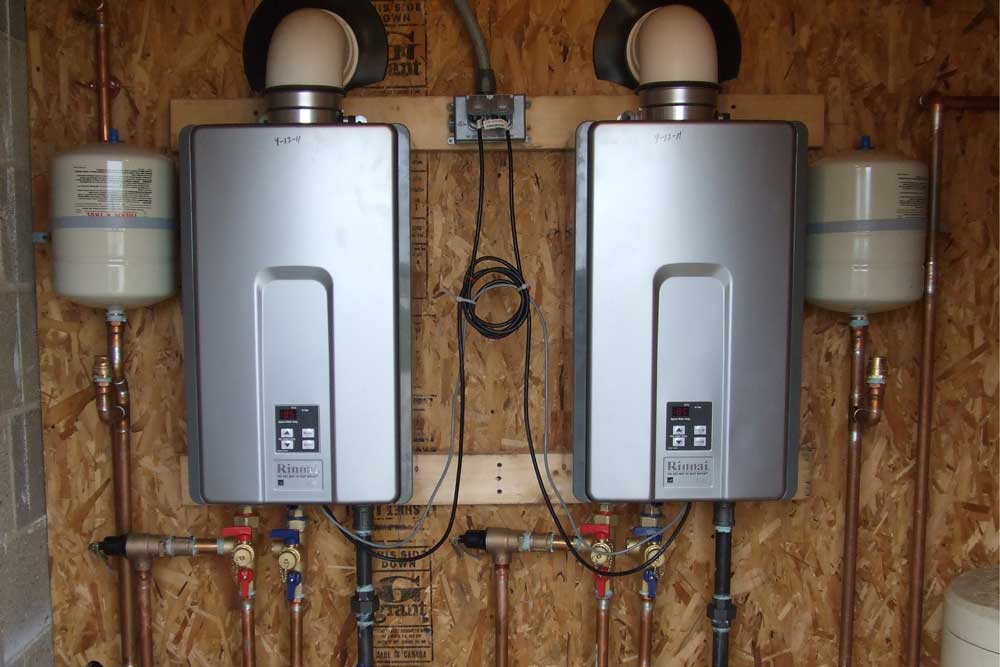How to Properly Maintain Your Home's Hot Water System
How to Properly Maintain Your Home's Hot Water System
Blog Article
Right here below you can discover a good deal of superb answers on the subject of What Kind of Maintenance Do Water Heaters Need?.

Hot water is important for everyday comfort, whether it's for a refreshing shower or cleaning dishes. To guarantee your warm water system runs successfully and lasts much longer, routine upkeep is vital. This post gives functional suggestions and understandings on exactly how to maintain your home's warm water system to prevent disruptions and pricey repair services.
Introduction
Keeping your home's hot water system could seem challenging, but with a couple of easy actions, you can ensure it runs smoothly for several years to find. This guide covers every little thing from understanding your warm water system to DIY upkeep tips and understanding when to employ professional aid.
Importance of Preserving Your Hot Water System
Routine maintenance not only extends the life-span of your hot water system however additionally ensures it runs successfully. Overlooking maintenance can result in lowered efficiency, higher power bills, and even early failure of the system.
Indications Your Warm Water System Needs Maintenance
Recognizing when your hot water system needs attention can stop major concerns. Look out for indicators such as irregular water temperature level, odd sounds from the heating unit, or corroded water.
Comprehending Your Hot Water System
Before diving into upkeep tasks, it's useful to understand the fundamental parts of your warm water system. Generally, this includes the water heater itself, pipes, anode rods, and temperature controls.
Month-to-month Upkeep Tasks
Normal regular monthly checks can aid catch minor problems prior to they rise.
Flushing the Hot Water Heater
Purging your water heater gets rid of sediment accumulation, enhancing efficiency and prolonging its life.
Checking and Changing Anode Rods
Anode rods stop deterioration inside the storage tank. Evaluating and changing them when broken is important.
Checking and Readjusting Temperature Level Setups
Changing the temperature level settings guarantees optimum performance and safety.
DIY Tips for Upkeep
You can carry out several maintenance tasks on your own to maintain your warm water system in top problem.
Looking for Leakages
Frequently examine pipes and links for leakages, as these can result in water damage and higher costs.
Examining Pressure Relief Valves
Examining the stress safety valve guarantees it works correctly and avoids extreme pressure accumulation.
Insulating Pipes
Insulating hot water pipelines decreases warmth loss and can save energy.
When to Call a Professional
While DIY maintenance is advantageous, some issues call for specialist know-how.
Facility Problems Needing Expert Assistance
Examples consist of significant leakages, electric issues, or if your hot water heater is consistently underperforming.
Regular Expert Upkeep Benefits
Expert maintenance can consist of complete assessments, tune-ups, and ensuring conformity with security criteria.
Conclusion
Normal upkeep of your home's warm water system is necessary for efficiency, long life, and expense financial savings. By adhering to these tips and understanding when to seek professional assistance, you can ensure a trusted supply of warm water without unforeseen disturbances.
How to Maintain an Instant Hot Water Heater
Before tinkering with your hot water heater, make sure that it’s not powered on. You also have to turn off the main circuit breaker and shut off the main gas line to prevent accidents. Also turn off the water valves connected to your unit to prevent water from flowing into and out of the appliance. 2. When you’re done, you have to detach the purge valves’ caps. These look like the letter “T†and are situated on either side of the water valves. Doing so will release any pressure that has accumulated inside the valves while at the same time avoid hot water from shooting out and burning your skin. 3. When the purge valves’ caps are removed, you have to connect your hosing lines to the valves. Your unit should have come with three hoses but if it didn’t, you can purchase these things from any hardware or home repair shops. You can also get them from retail stores that sell water heating systems. Read the user’s manual and follow it to complete this task properly. When the hosing lines are connected, open the purge port’s valves. 4. You should never use harsh chemical cleaners or solutions when cleaning your unit. Make use of white vinegar instead. It should be undiluted and you’ll probably use about 2 gallons. 5. Now flush your water heater. This task should probably take about 40 minutes. We can’t give you specific directions for this because the procedure is carried out depending on the type, model and brand of your heater. With that being said, refer to the user’s manual. 6. When you’re done draining the unit, you have to turn off the purge port valves again. Remove the hosing lines that you earlier installed on each of the water valves. Put the valve caps (purge port) back in their respective places and be very careful so as not to damage the rubber discs that are found inside these caps. 7. Now that everything’s back in place, check your user’s manual again to find out how to reactivate your water heating system. 8. Once it is working, turn one of your hot water faucets on just to let air pass through the heater’s water supply pipes. Leave the tap on until water flows smoothly out of it. https://www.orrplumbing.com/blog/2014/september/how-to-maintain-an-instant-hot-water-heater/

I'm very occupied with Tips For Maintaining Your Hot Water Heater and I am praying you liked the new post. Appreciated our posting? Please quickly share it. Let somebody else check it out. Thanks a lot for your time spent reading it.
Call Today Report this page